Estimating the age of photographed bucks can be difficult enough due to less-than-ideal body alignment in the photos.
Age: 1½ Years Old
- Resemble does with antlers
- Do not have swollen necks and muscular characteristics
- Often enter feeding areas earlier and tend to travel with doe family groups
Age: 2½ Years Old
The easiest way to describe this age class is to compare it to that of a mature doe on steroids. At this point in their life, bucks still appear to be all legs. But more mature attributes are starting to show up.
You’ll see minimal muscular definition. The belly will still hold a tight line across the bottom with no sag. Swelling of the neck will be minimal, at best. If during the rut, lightly stained tarsal glands are the last thing to look for in determining if a buck is carrying its second set of antlers, which likely won’t be greater than 16 inches wide.
If placed on a two-by-four, this buck would still tip backward the same as a yearling whitetail.
Age: 3½ Years Old
These bucks are comparable to that of post-adolescent males. Testosterone levels are really starting to kick in gear. So naturally, he believes he is the biggest punk in the woods. This is why most bucks never live to become a 4-year-old deer.
The neck will show a fair bit of swelling now. The chest and shoulders will appear to be much larger, too. However, there is still a defining line separating the conjoined neck and shoulder. This age class also exhibits a tight waistline. Using the aging trick, these bucks will most likely appear to tip forward, but could also appear to be balanced from rump to shoulder, depending on exact age.
Age: 4½ Years Old
During the rut, this age class will be most active. This is the appropriate age that hunters should begin harvesting bucks if quality deer management (QDM) is their goal. For the average buck, the skeletal and muscular system is reaching its prime. By this time in their life, bucks will display 80 to 90 percent of their antlers’ potential and are considered mature.
The neck and shoulder now appear to be one mass. The defining line between the two has disappeared since the previous year. Necks will also swell significantly from intense testosterone levels. The stomach will still be relatively flat. Legs now appear to be much shorter as the body mass increases. Expect heavy staining of the tarsal glands and slight sag to brisket.
Age: 5½ Years Old
Bucks in this age class sport 95 to 100 percent of their antler potential. The largest racks are generally grown between 5 and 7 years of age. Regardless of antler size, any deer that is taken this late in life is a trophy, though. Simply because deer this old have learned what it takes to avoid hunters. Anytime you wrap a tag around one of these big boys, savor it. It rarely happens. When it does, it was due to a meticulous and effective plan laid out by the hunter.
Once a buck hits 5½ years old, it will start to show some sag in the belly. It’s possible the back will be slightly swayed. The chest will now be much deeper and heavier. The brisket may droop as low as the belly line. Legs will appear very short for its body. Neck swell will be immense. Very heavy staining of the tarsal glands will be present.



















![The Best Deer Camp Chili [VIDEO] Deer Chili Ingredients, Tomatoes, Chili Spices](/wp-content/uploads/2015/10/Deer-Chili-Deer-Camp-Recipe-218x150.jpg)
![How to Call Elk Early in the Season [VIDEO]](/wp-content/uploads/2016/08/byers003-218x150.jpg)

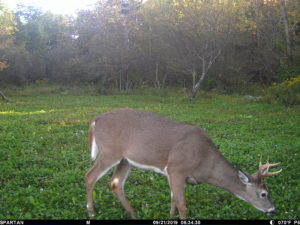
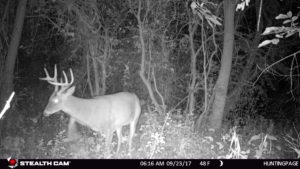
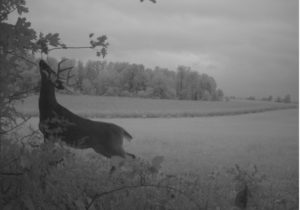
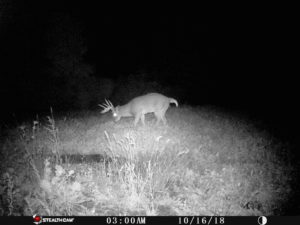
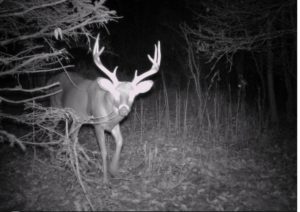
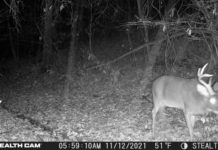
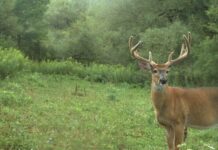


![Idiots Disturb Hunter: How Would You Have Handled It? [VIDEO]](/wp-content/uploads/2015/10/DSC00110-e1474487693878-100x70.jpg)
![Albino Buck Shocked to Shed His Antlers [VIDEO]](/wp-content/uploads/2015/10/AlbinoDeer-100x70.jpg)